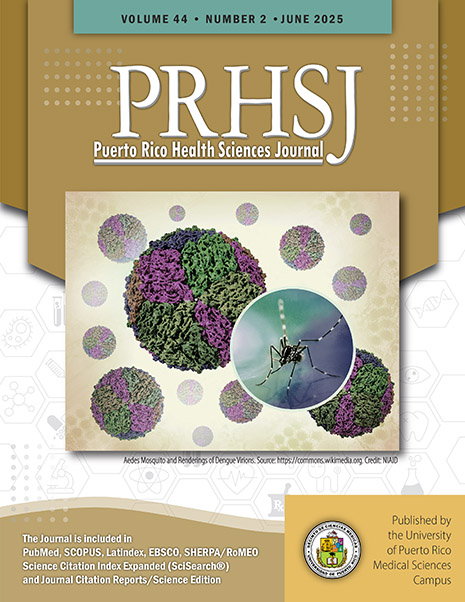Abstract
Objectives: This study aimed to create a model to predict pneumoconiosis risk in coal workers using artificial neural networks (ANNs). Methods: An ANN-based model was developed using the health records of a population of coal workers (all men). Input neurons comprised current age, year the worker began his employment, occupational category, the number of days spent working underground, the total days spent working, the duration of employment in working underground (i.e., in a so-called group 1 job), and smoking status. Output neurons comprised the states of having pneumoconiosis and being free of pneumoconiosis. Results: The study found that an ANN model incorporating the variables age, the duration of employment in a group 1 job, the number of days spent working underground, year the worker began his employment, the total days spent working, smoking status, and occupational category can be used to estimate pneumoconiosis risk. The model’s success rate was 95.3%; sensitivity was 90.3%, and specificity was 96.5%. The most influential input variable for pneumoconiosis was age, followed by the duration of employment in a group 1 job. Conclusion: Predicting pneumoconiosis risk in coal workers provides great advantages for strategically monitoring miners and developing preventive health programs. Artificial neural network models should be developed, integrated into occupational medicine practice, and used to evaluate workers’ health status.
Authors who publish with this journal agree to the following terms:
a. Authors retain copyright and grant the journal right of first publication with the work simultaneously licensed under a Creative Commons Attribution License that allows others to share the work with an acknowledgement of the work's authorship and initial publication in this journal.
b. Authors are able to enter into separate, additional contractual arrangements for the non-exclusive distribution of the journal's published version of the work (e.g., post it to an institutional repository or publish it in a book), with an acknowledgement of its initial publication in this journal.
c. Authors are permitted and encouraged to post their work online (e.g., in institutional repositories or on their website) prior to and during the submission process, as it can lead to productive exchanges, as well as earlier and greater citation of published work (See The Effect of Open Access).
